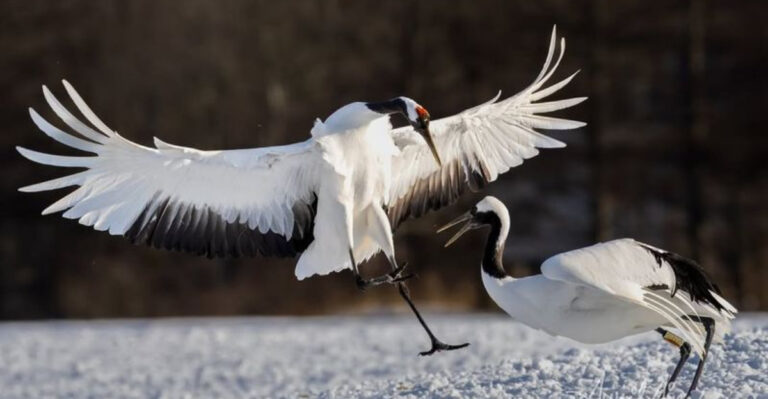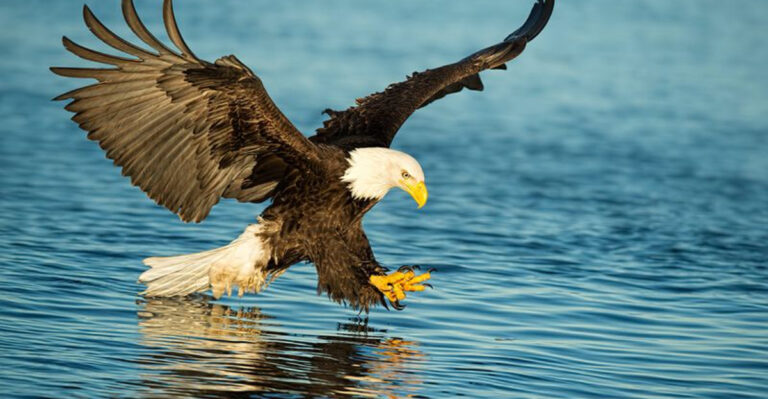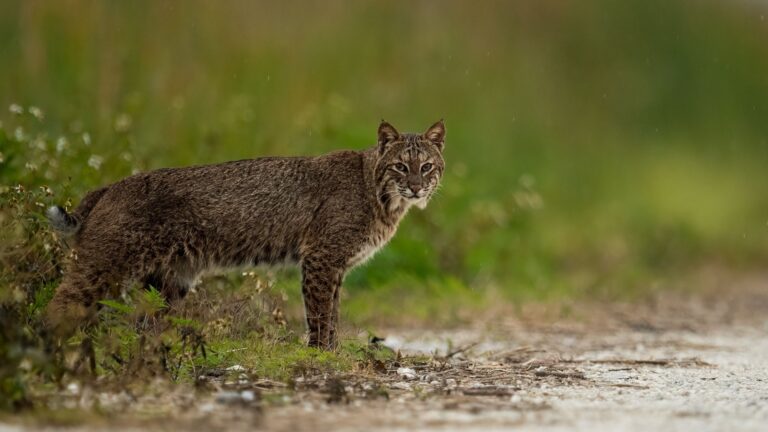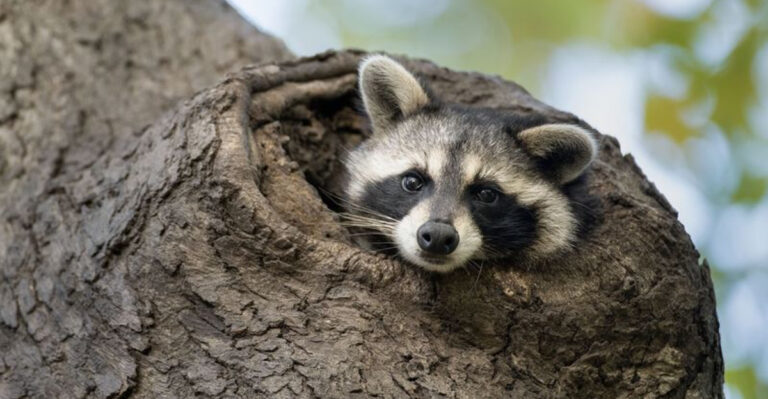Florida’s Lost Giants: When Mammoths And Saber-Toothed Cats Dominated The South
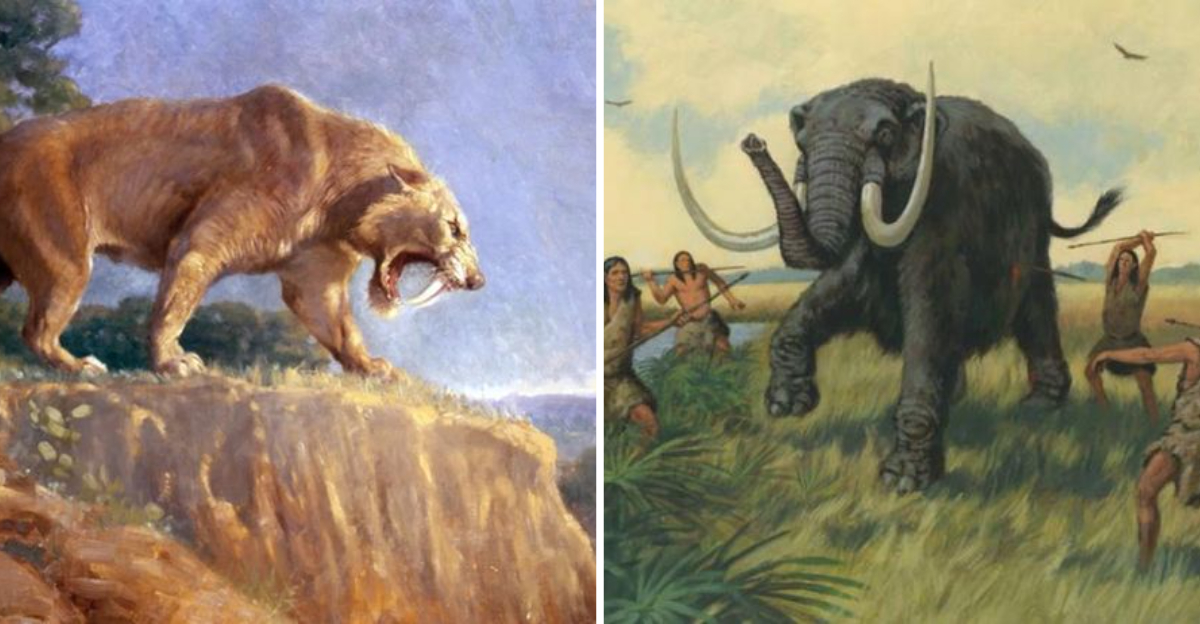
Long before tourists and retirees flocked to Florida’s sunny shores, a different crowd called this peninsula home. Massive mammoths trudged through ancient grasslands while saber-toothed cats prowled in the shadows.
These prehistoric giants roamed Florida during the Pleistocene epoch, a time when the state looked wildly different than it does today. Their fossilized remains tell an amazing story of a lost world right beneath our feet.
The Giant Animals That Once Roamed Florida

Imagine walking through Florida and bumping into an animal as tall as a basketball hoop! During the Ice Age (roughly 2.5 million to 11,700 years ago), Florida was a wilderness playground for creatures that would make today’s wildlife seem tiny by comparison.
Mastodons, giant ground sloths, and enormous armadillo relatives called glyptodonts wandered freely across the landscape. These supersized animals were part of a group scientists call “megafauna” – basically, really big animals weighing over 100 pounds.
Florida’s warm climate and abundant vegetation made it a perfect refuge when northern areas became too cold, creating a prehistoric paradise filled with creatures we can now only imagine.
Florida’s Prehistoric Megafauna: Mammoths And Saber-Toothed Cats
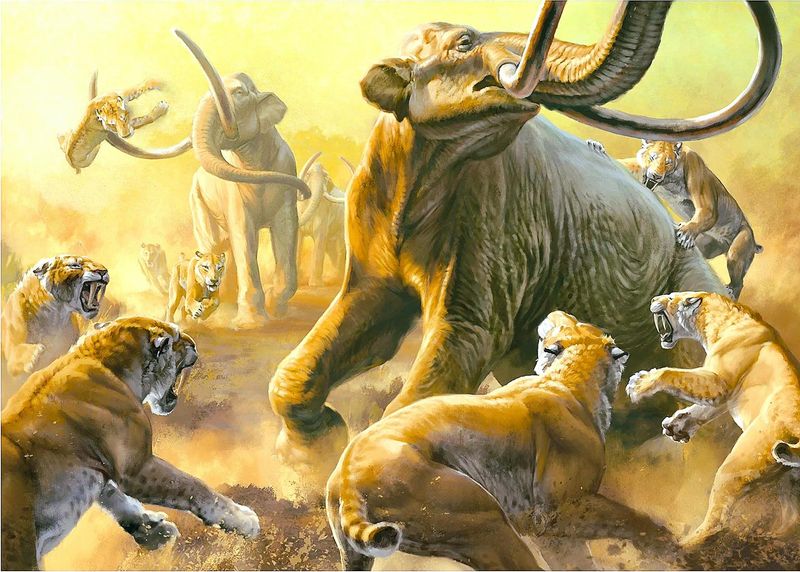
Star players in Florida’s prehistoric drama were the Columbian mammoths and saber-toothed cats. Mammoths stood nearly 14 feet tall – taller than a modern school bus! Their massive curved tusks could reach lengths of 16 feet, perfect for digging up plants and showing off to potential mates.
Hunting these giants were the saber-toothed cats, armed with dagger-like teeth measuring up to 7 inches long. Unlike today’s big cats that kill with a throat bite, these predators likely ambushed their prey and used their powerful front legs to hold victims still while delivering deadly slashes.
Together, these animals created a predator-prey relationship that shaped Florida’s ancient ecosystem for thousands of years.
How Florida’s Environment Shaped These Giants

Florida’s prehistoric landscape was a real-life version of “Goldilocks and the Three Bears” – not too hot, not too cold, but just right for giant animals! The peninsula featured a mix of grasslands, forests, and wetlands that provided plenty of food for plant-eaters like mammoths.
Sea levels were much lower back then, making Florida nearly twice its current size. This extra land created vast savannas where herds of giant herbivores grazed freely, followed by the predators that hunted them.
Many of these creatures evolved special adaptations for Florida’s environment – like mammoths developing straighter tusks than their northern relatives, better suited for the region’s vegetation rather than digging through snow.
Mammoths: The Huge Herbivores Of The Ice Age
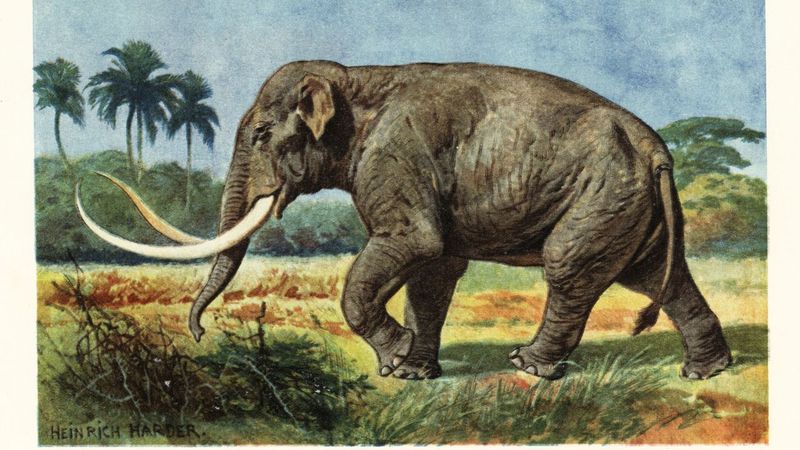
Columbian mammoths were the Texas-sized cousins of today’s elephants – everything was bigger about them! Standing nearly 14 feet tall with shoulders wider than a car, these fuzzy giants weighed up to 10 tons. That’s about the same as five SUVs stacked together!
Unlike the woolly mammoths that preferred colder regions, Columbian mammoths thrived in Florida’s milder climate. They munched on about 700 pounds of grass, leaves, and plants every single day, using their specialized teeth to grind tough vegetation.
Family was everything to mammoths. They lived in matriarchal herds led by experienced females who taught younger generations where to find food, water, and how to avoid dangerous predators.
Saber-Toothed Cats: The Deadly Predators Of Florida
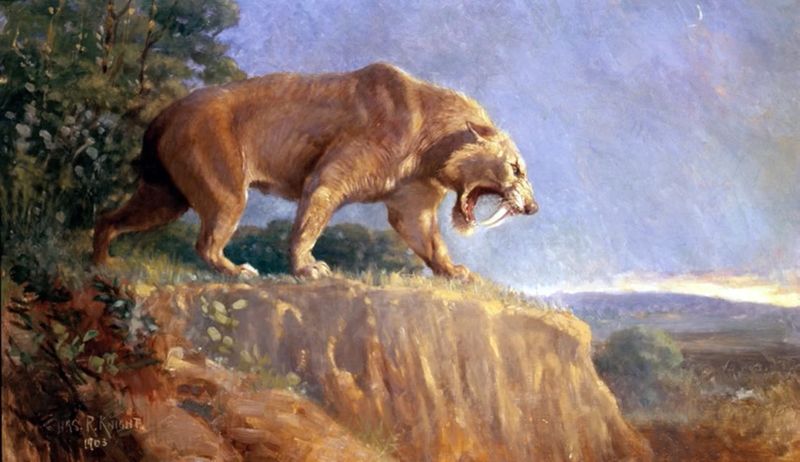
Smilodon fatalis – the scientific name for saber-toothed cats – sounds like something from a horror movie, and for good reason! These weren’t your average house cats but muscular predators with front legs strong enough to wrestle a mammoth calf to the ground.
About the size of a modern lion but built like a bodybuilder, these cats had incredibly powerful neck muscles to drive those famous teeth into prey. Surprisingly, their bite force was actually weaker than today’s big cats – those sabers were more like knives than crushing tools.
Fossil evidence shows these cats sometimes suffered terrible injuries while hunting, suggesting they lived dangerous lives bringing down the massive prey needed to feed their families.
Other Lost Giants Of Florida’s Past
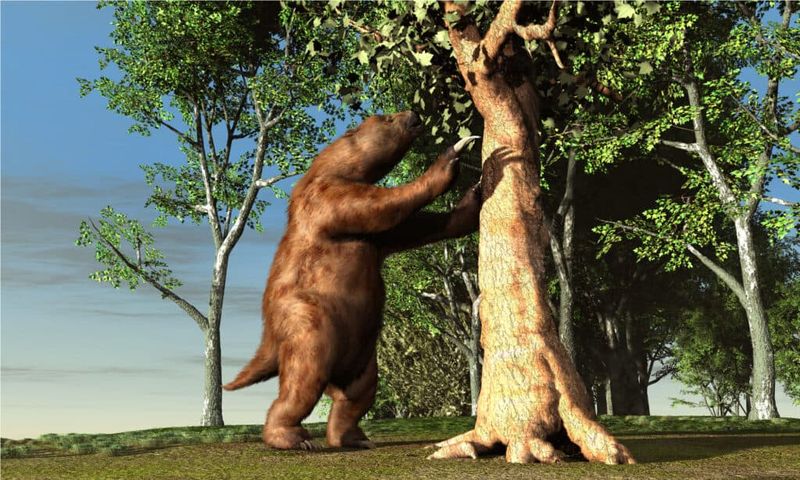
Mammoths and saber-tooths might grab all the headlines, but Florida’s prehistoric all-star team featured many other fascinating players! Giant ground sloths the size of elephants moved slowly through forests, using their massive claws to pull down tree branches. Unlike today’s tree sloths, these giants walked on all fours.
Glyptodonts resembled Volkswagen Beetle-sized armadillos with club-like tails for defense. Their armored shells were made of hundreds of bony plates fused together, creating a natural tank against predators.
American lions – larger than modern African lions – giant beavers the size of bears, and dire wolves (yes, like in Game of Thrones!) all called Florida home, creating an ecosystem that would look absolutely alien to us today.
Why Did Florida’s Megafauna Disappear?
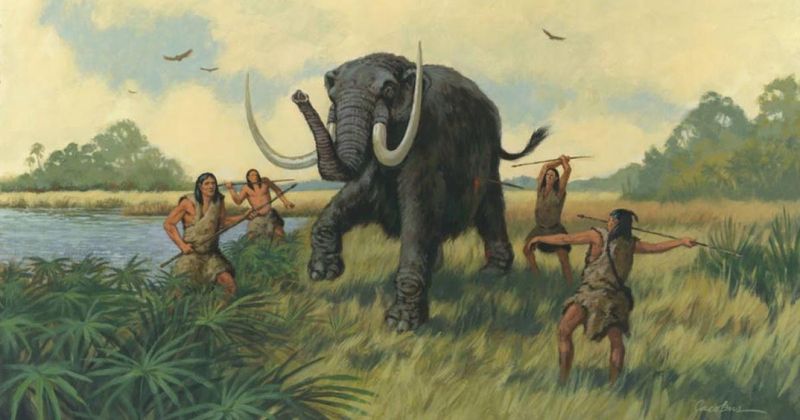
The mystery of Florida’s vanishing giants has puzzled scientists for decades. Around 11,000 years ago, most of these impressive animals disappeared forever. The leading theory combines a one-two punch of climate change and human hunters.
As the Ice Age ended, Florida’s environment changed dramatically. Rising temperatures and shifting rainfall patterns altered the plant communities these animals depended on. At roughly the same time, humans arrived with sophisticated hunting tools and techniques.
Large animals that reproduced slowly couldn’t adapt quickly enough to these combined threats. Some scientists believe hunting pressure might have been the final blow for populations already struggling with environmental changes – a sobering lesson about how vulnerable even the mightiest species can be.
Fossils In Florida That Reveal Prehistoric Life
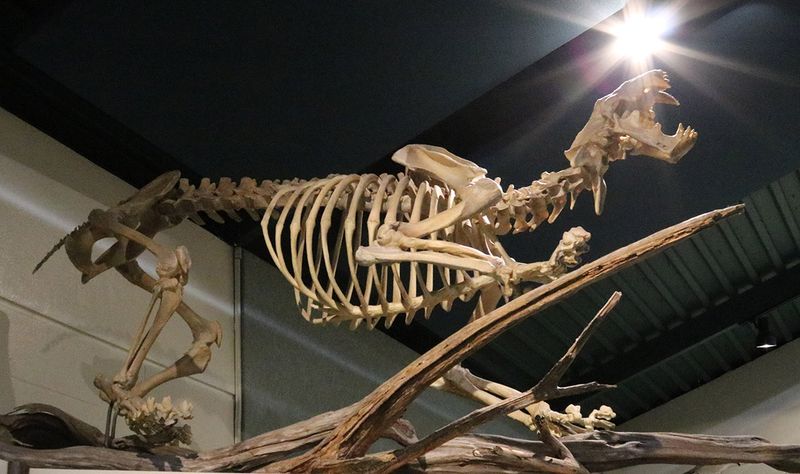
Florida might be the unexpected fossil-hunting capital of the eastern United States! The state’s unique geology and water-filled limestone caverns have preserved thousands of Ice Age treasures. Rivers and sinkholes acted like prehistoric traps where animals fell in and couldn’t escape.
The Aucilla River in north Florida has yielded spectacular mammoth and mastodon remains. Meanwhile, central Florida phosphate mines regularly uncover saber-toothed cat teeth and giant sloth bones during mining operations.
Amateur fossil hunters regularly find prehistoric shark teeth, mammoth tooth fragments, and other ancient souvenirs along Florida’s rivers and beaches. The state’s Museum of Natural History in Gainesville houses an amazing collection of these discoveries, telling the story of Florida’s lost giants.
What Florida’s Fossils Tell Us About The Past
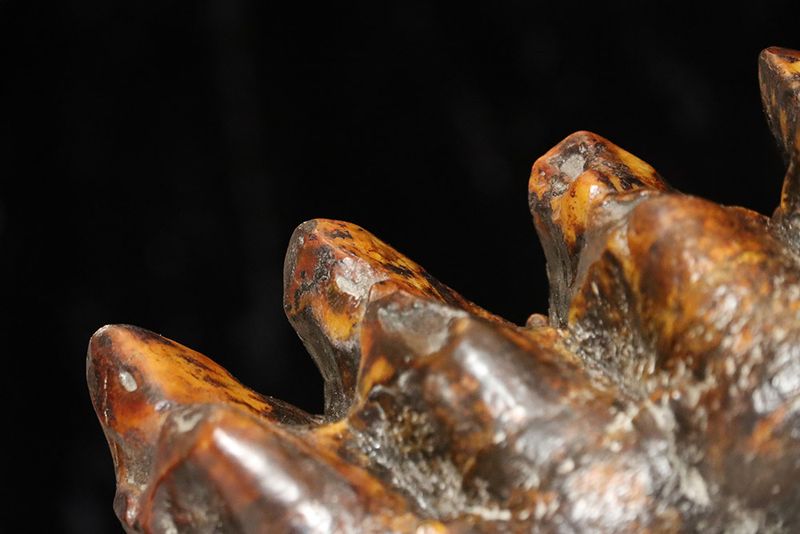
Fossilized teeth are like prehistoric food diaries! Scientists analyze mammoth teeth to determine exactly what plants they ate, revealing details about ancient Florida’s environment. The chemical composition of fossilized bones also shows what the climate was like thousands of years ago.
Predator fossils tell equally fascinating stories. Healed bite marks on prey animals show which hunting techniques worked – and which didn’t. The distribution of fossils across Florida creates a map of ancient animal territories and migration routes.
Even ancient poop (called coprolites) provides valuable information! These fossilized droppings contain plant material, parasites, and other clues about prehistoric diets and diseases. Together, these pieces form a complex puzzle showing how Florida’s ecosystem functioned during the Ice Age.
How Climate Change May Have Led To Their Extinction

Florida’s prehistoric climate rollercoaster might explain why its giant animals vanished. When the last Ice Age ended around 11,700 years ago, temperatures warmed rapidly – about 7°F in just fifty years in some regions! This quick change was like flipping Florida’s environment upside down.
Rising seas swallowed nearly half of Florida’s land area as ice sheets melted. Freshwater sources dried up in some areas while other regions became too wet. Plant communities completely transformed, eliminating food sources these specialized animals relied on.
Large animals faced a particular challenge: their size had evolved for cold conditions where bigger bodies conserve heat better. When Florida warmed, these giants struggled with overheating and couldn’t adapt fast enough to survive in the rapidly changing landscape.
What Florida Looked Like When Mammoths Roamed The Land

Picture Florida as a vast savanna stretching nearly 100 miles further into the Gulf of Mexico! During the Ice Age, lower sea levels exposed a Florida twice its current size. The peninsula wasn’t the swampy, humid place we know today but a drier grassland dotted with pine forests and watering holes.
Herds of mammoths, mastodons, and horses traveled between these water sources, creating well-worn paths across the landscape. The climate was cooler and less humid, more like modern-day northern Florida year-round.
The Florida Keys didn’t exist yet – they were highlands in a broad plain. Many of today’s lakes were just forming as sinkholes, creating natural traps that would later preserve the fossils we find today. Ancient Florida was both familiar and alien – a lost world beneath our feet.


